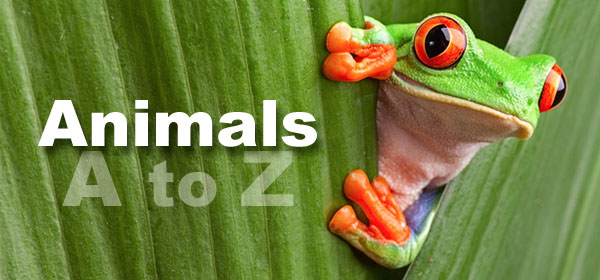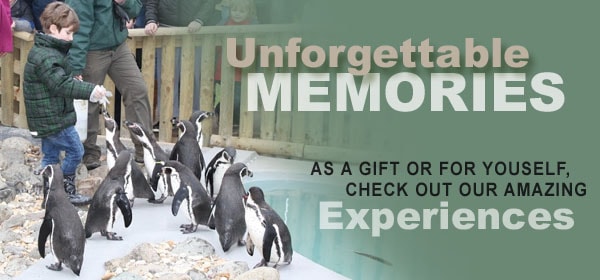For this edition of Matts travels we are jetting off around the world and taking 12-hour flight to South Africa.
With travel restrictions a thing of the past hopefully, I found myself in a position where I had the opportunity to go back to South Africa. I’ve been very fortunate to have travelled there twice before. The First time was a rugby tour. The second time was a University trip, each one giving me very different memories and experiences.
This time I went with my girlfriend who is South African to visit her Mum and Dad. I found that this time going out there it was yet again a very different experience to the previous times. Staying with South African people gave me an opportunity to experience their day to day lives and how different our culture is to theirs.
I think one of the most outstanding things about South African culture is that it is not one single culture. Rather, it’s a range of different cultures representing every level of the community. There were of course plenty of chances to try the local food and drink. I ate my fair share in Biltong and Droewors. It was also a perfect time to try things I hadn’t before like milk tart and Koeksisters (a traditional Afrikaner confectionary). Plus, it brought back memories from my previous trips to the country by cooking Boerewors (a type of sausage that originates from South Africa) on the braai.
South Africa is a massive country with lots of different parts to visit meaning that there are a number of different attractions which are definitely worth visiting. Sadly, it just takes quite a lot of time to get round to doing them all. The Sterkfotein caves and Voortrekker Monument were two attractions that I hadn’t been to before and to be honest I hadn’t even heard of them. However, they were well worth the visit and very educational at the same time.
Sterkfotein Caves
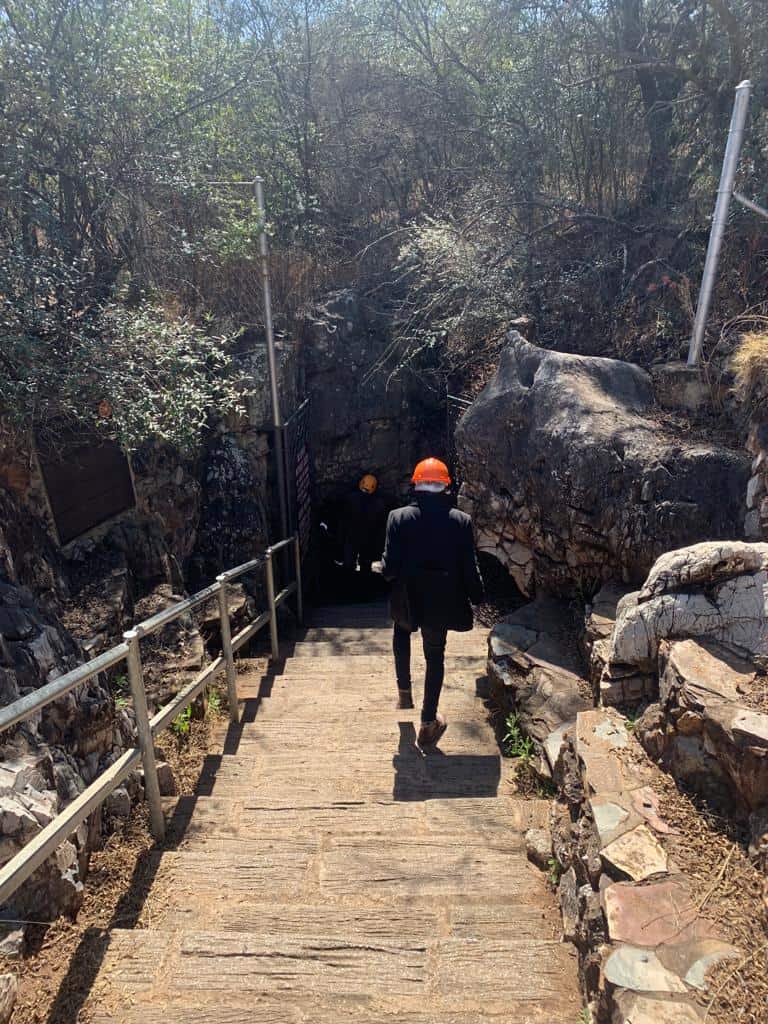
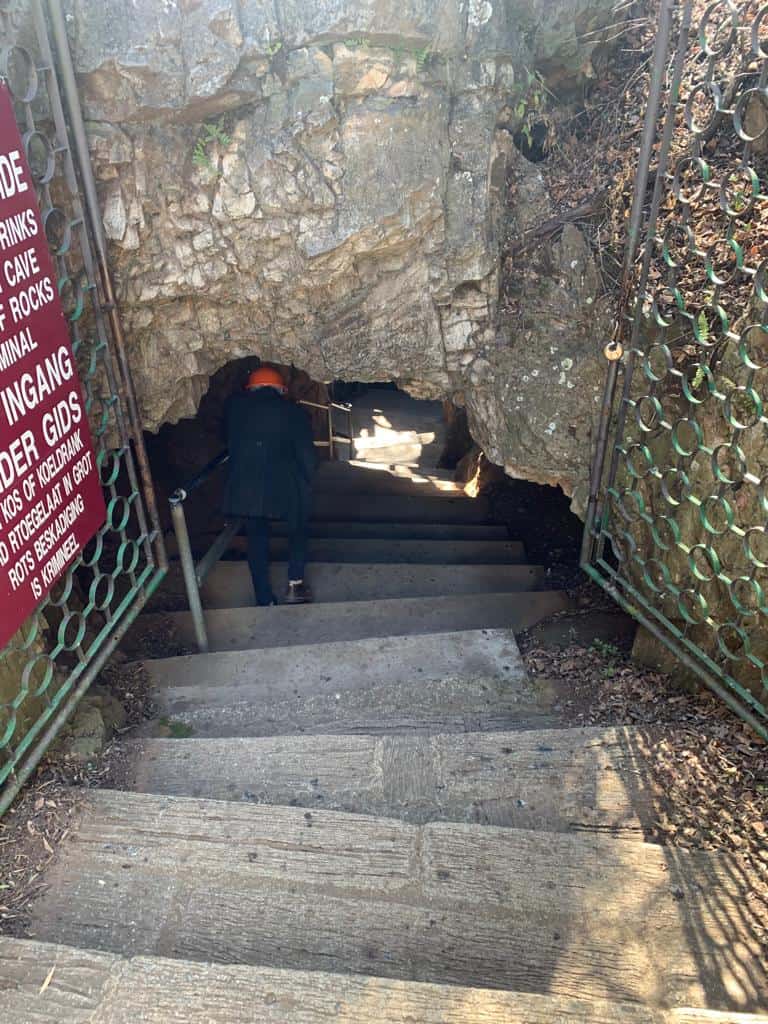
A visit to Sterkfontein Caves starts with a fascinating museum display of cave formations and geology, early life forms, mammals and hominid fossils, among other topics.
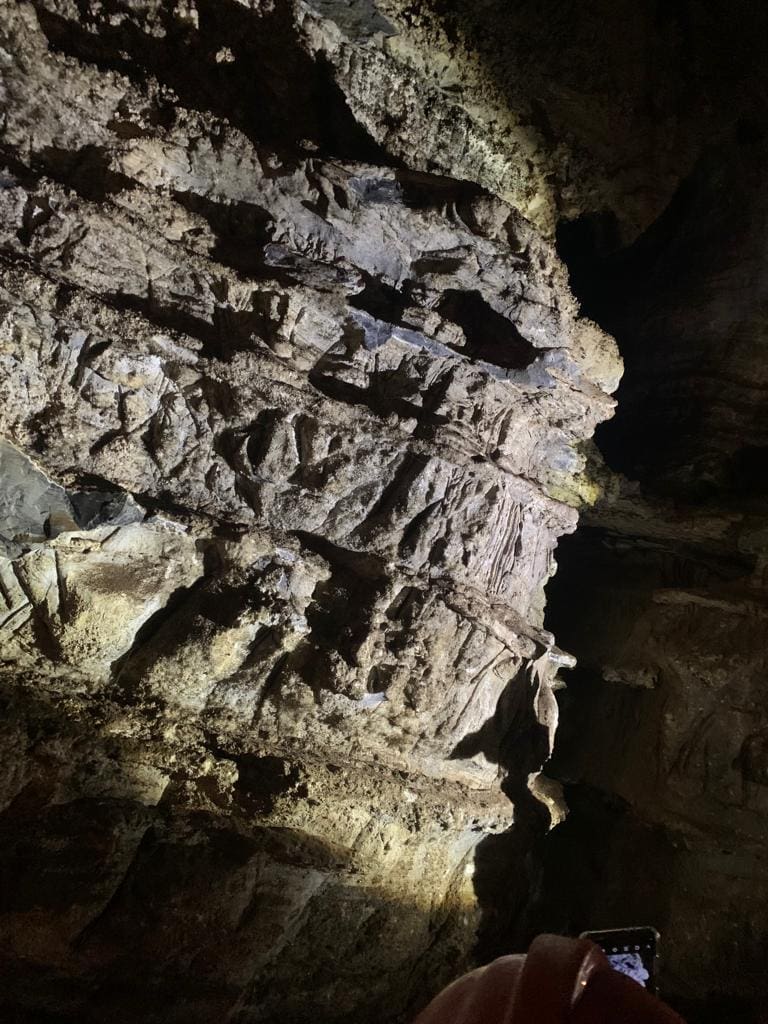
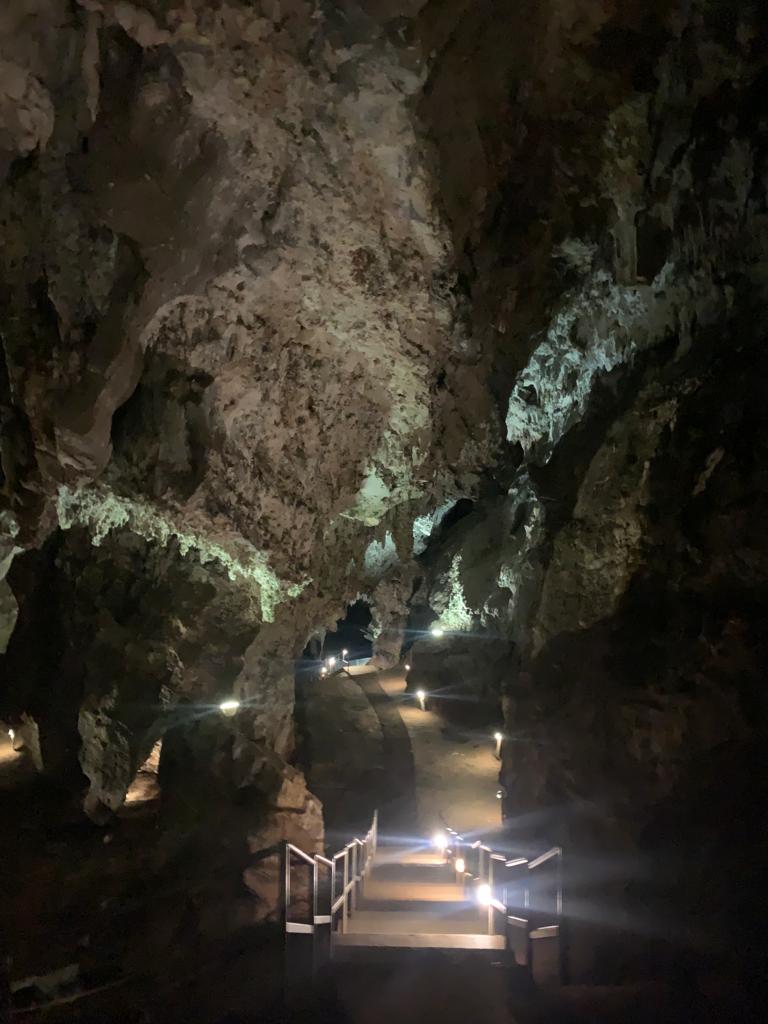
Once I had looked through the museum, I went on a guided tour down into the caves. Within the Caves, scientists have discovered many hominid and other animal fossils, dating back more than 4-million years, to the birth of humanity. The most important and most famous of these fossils are Mrs Ples, a 2.1-million-year-old Australopithecus skull, and Little Foot, an almost complete Australopithecus skeleton that is more than 3-million years old.
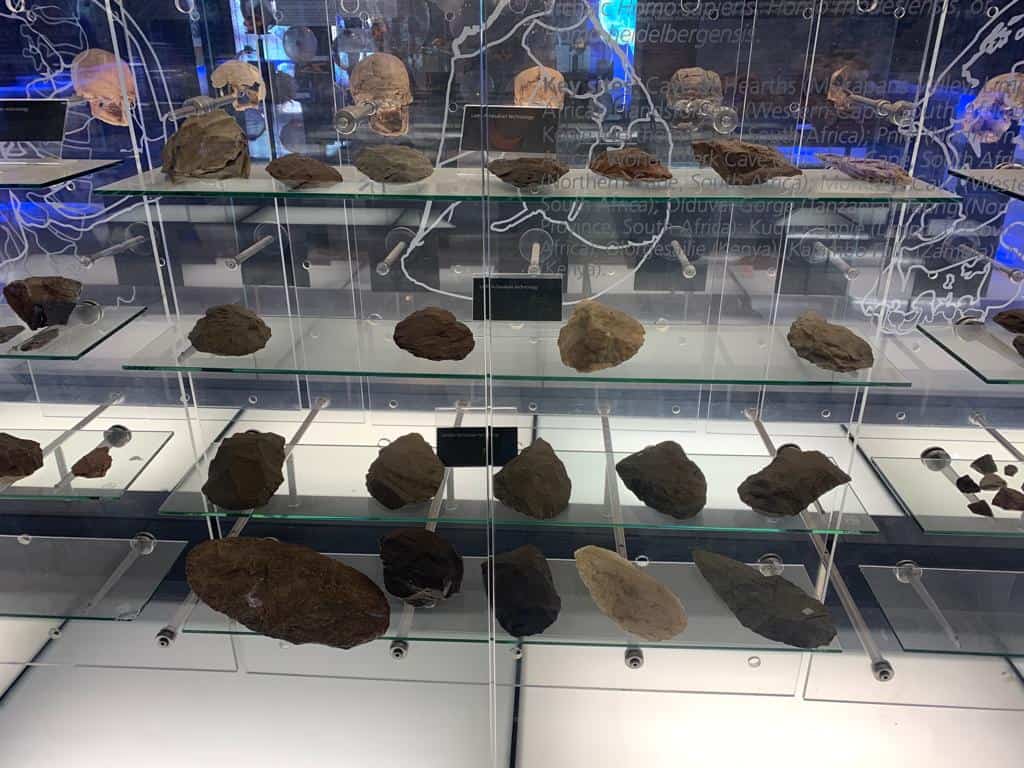
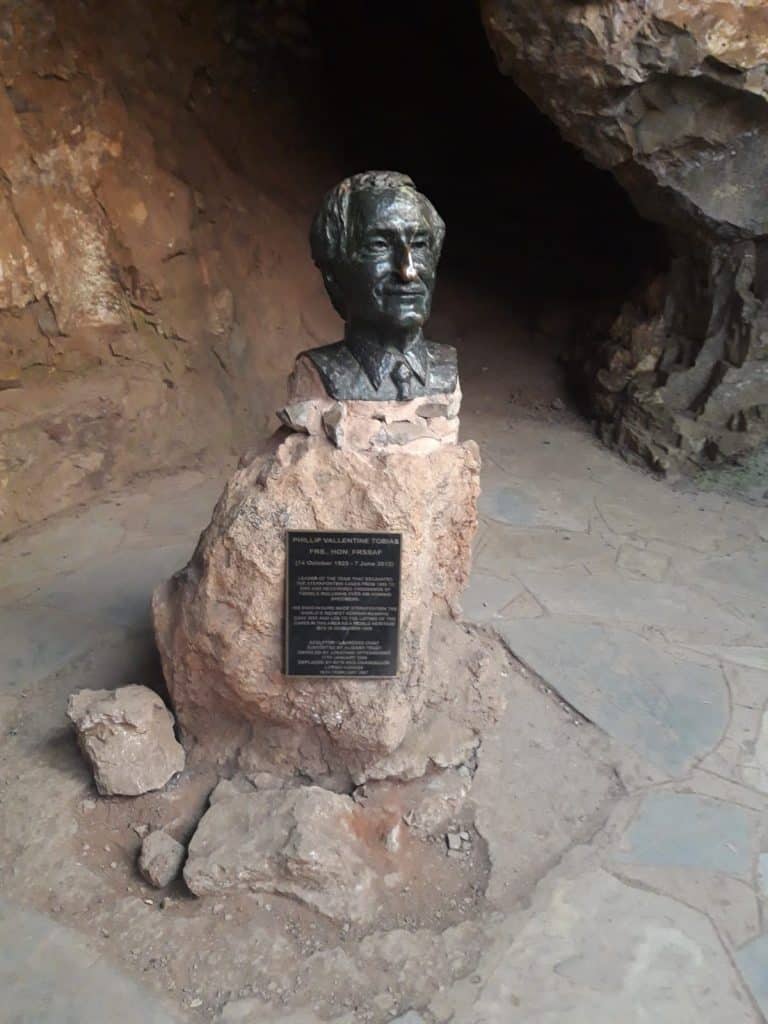
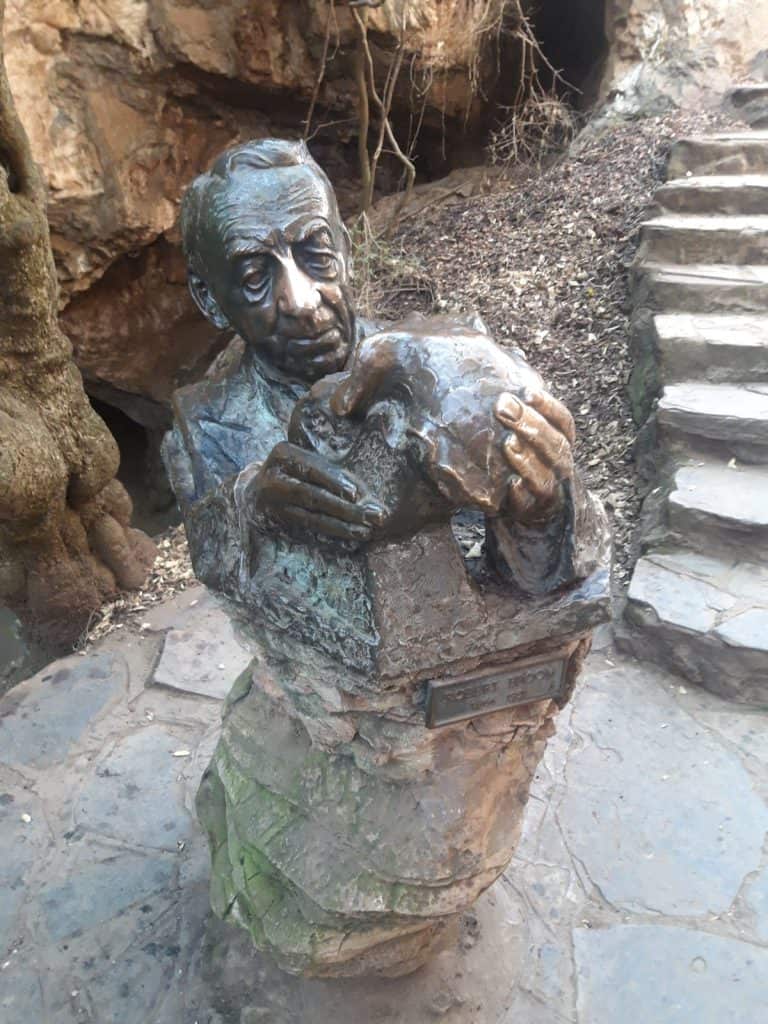
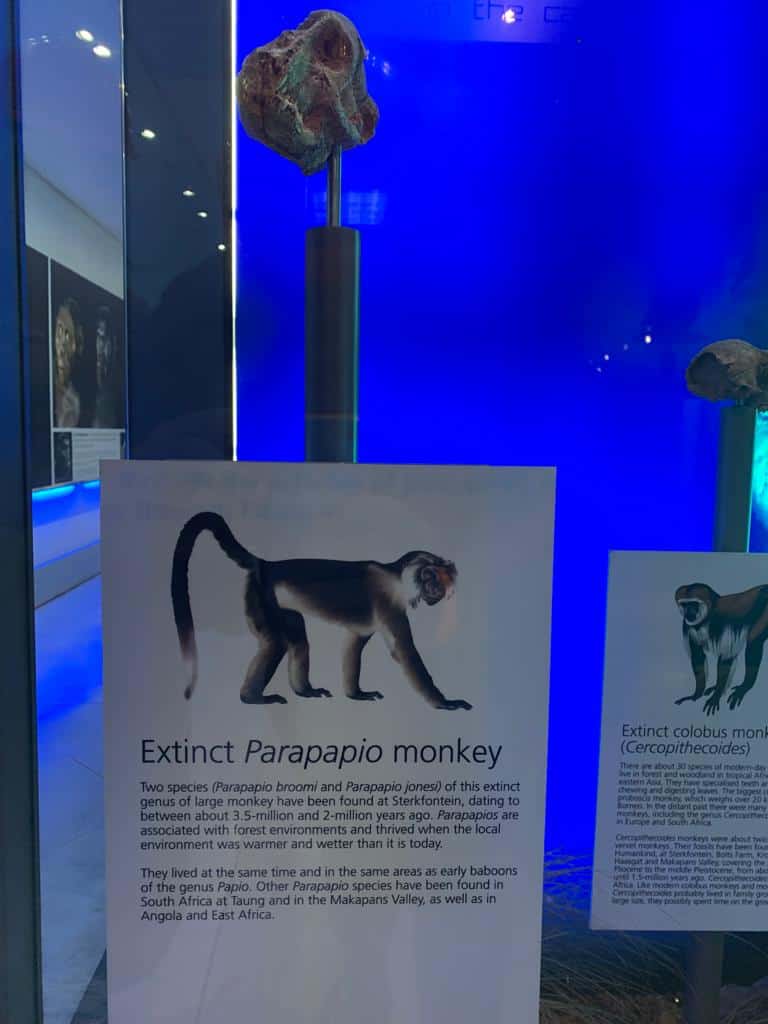
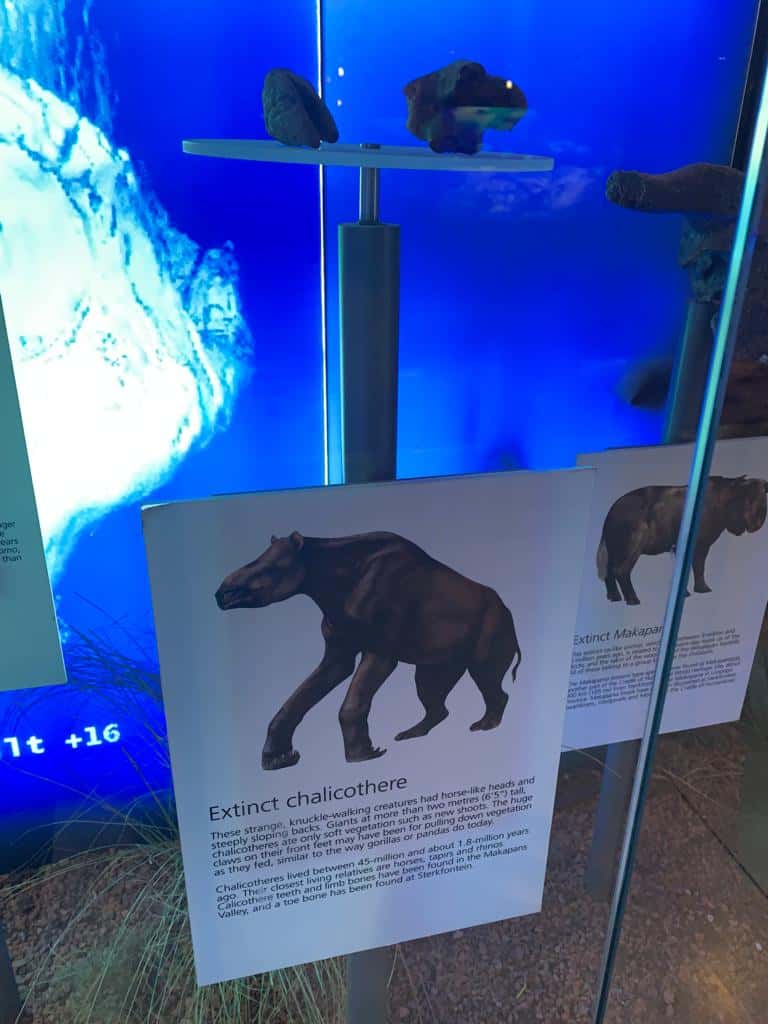

Voortrekker Monument
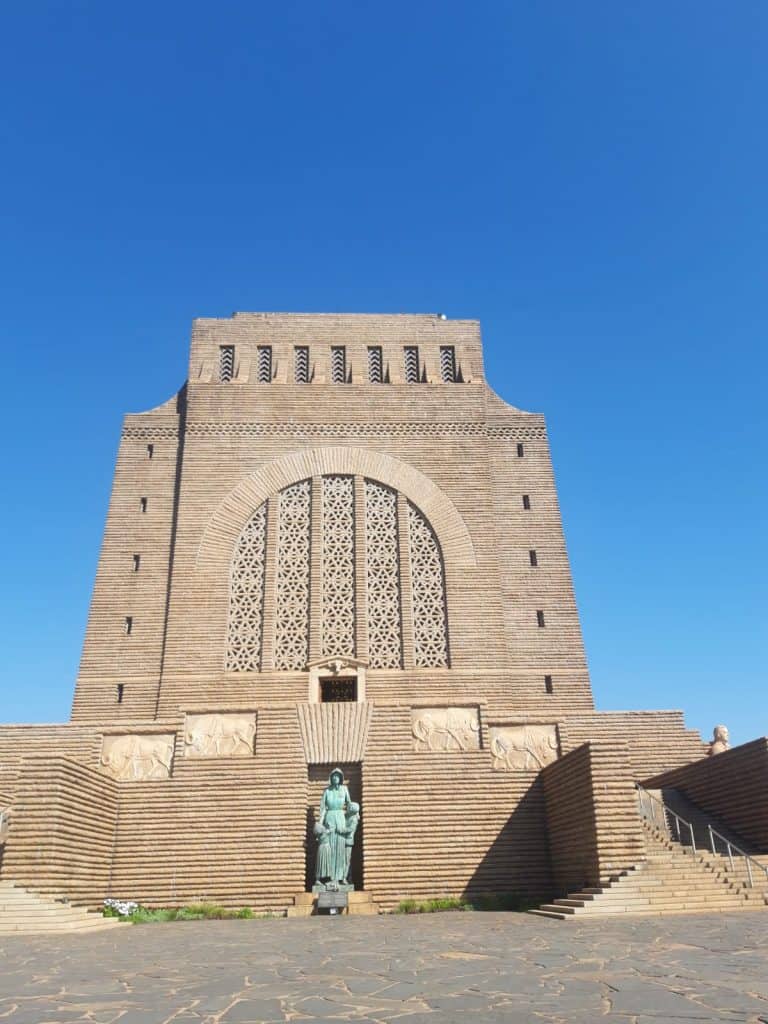
This massive monument was built in honour of the Voortrekkers who left the Cape Colony between 1835 and 1854 in their thousands. The architect was Gerard Moerdijk. His idea was to design a monument that should stand as a “memorial for a thousand years and longer to explain to our posterity the history and significance of the Great Trek.”
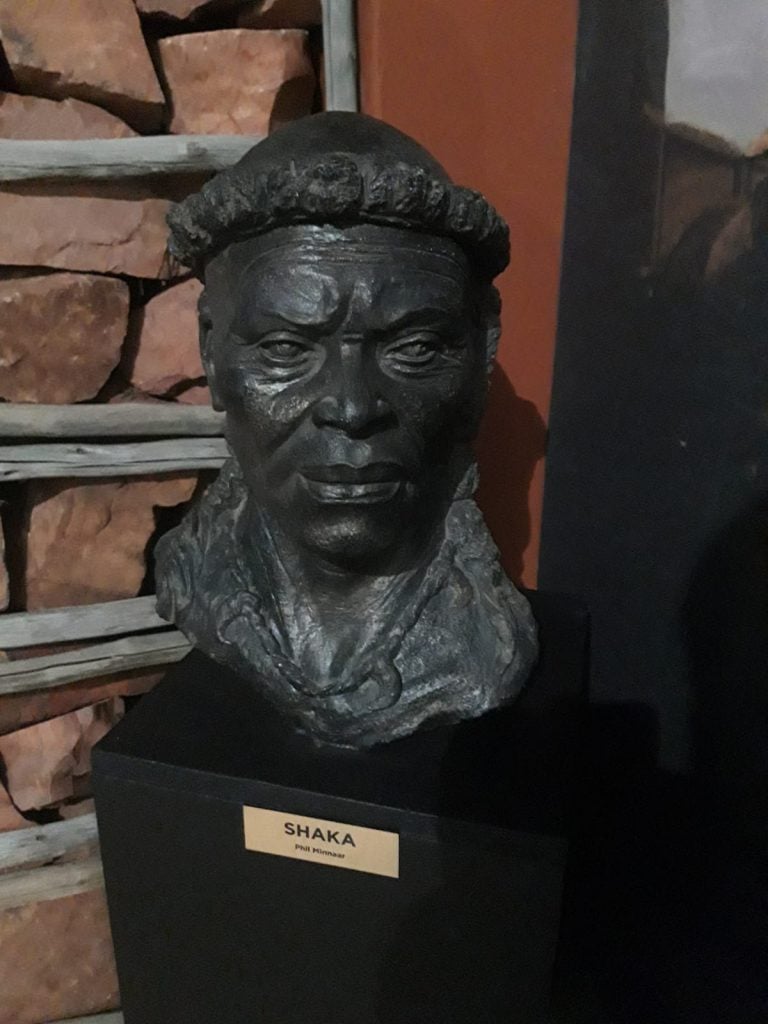
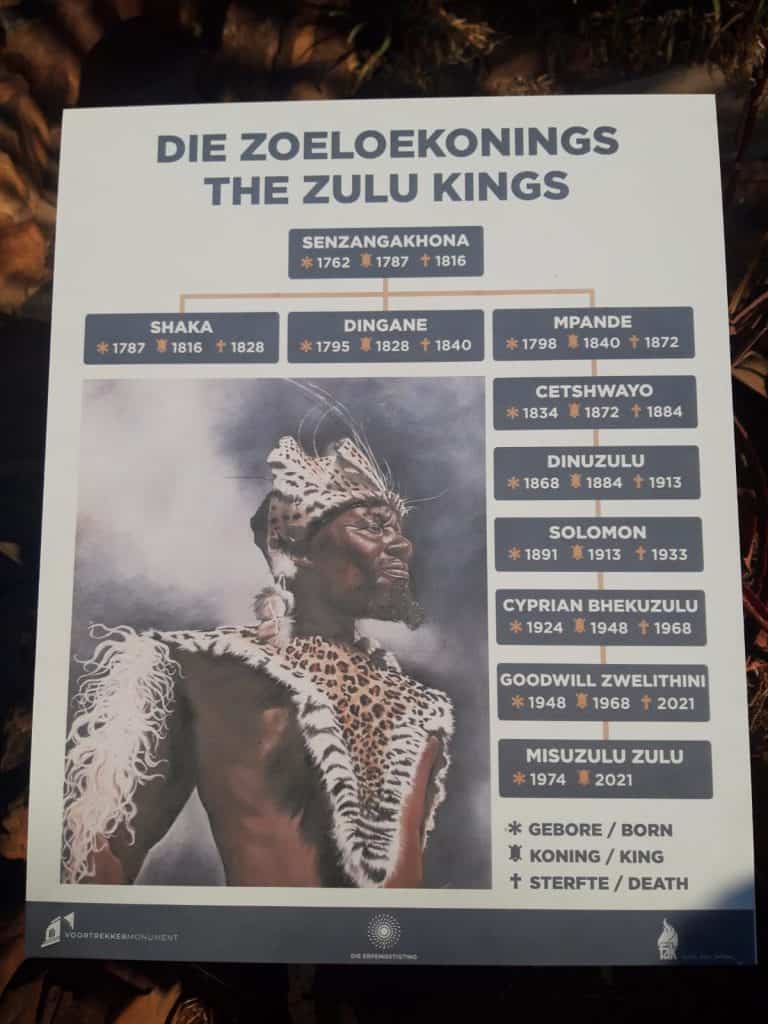
The Woman and Child statue in front of the monument symbolises the participation and role that women and children played during the Great Trek. This image was designed by the well-known sculptor Anton van Wouw. Furthermore, the monument is surrounded by a wall on which ox wagons are engraved. These ox wagons represent the laager at Blood River. The wall consists of 64 wagons, and each wagon is 4.6 meters long and 2.7 meters high. The wall represents the symbolic protection of the monument. Apart from the massive size of the monument, two things help to make this monument interesting: the historic frieze and the cenotaph. There’s also a museum that tells the story of the Afrikaner which has recently been done.
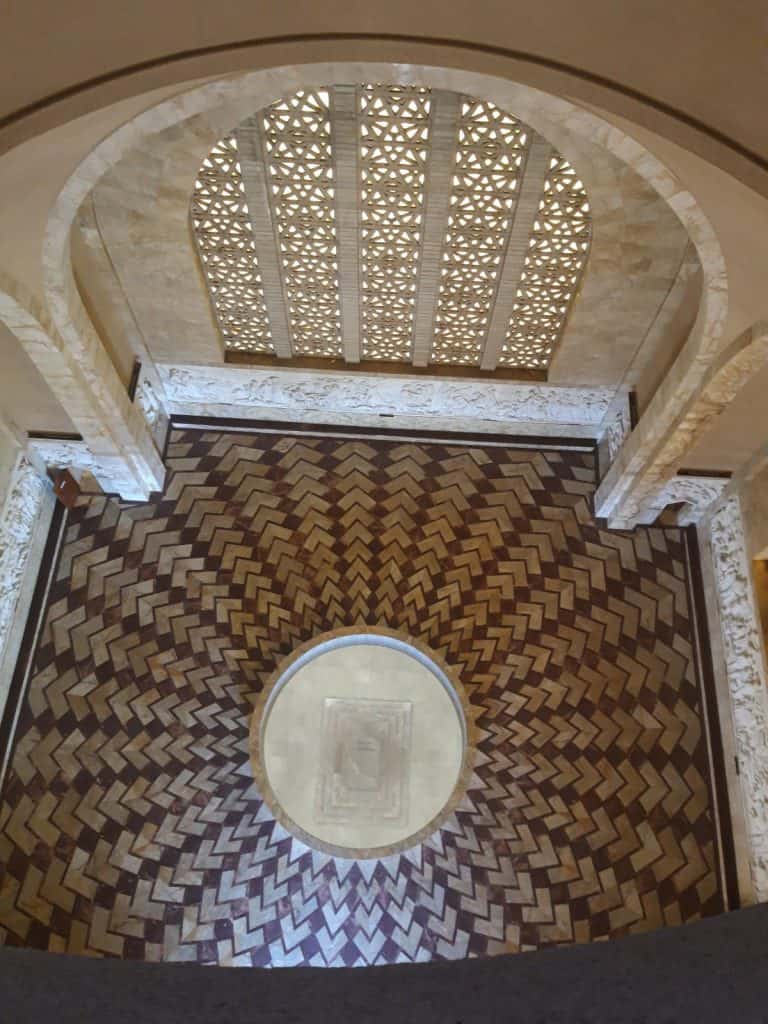
Kruger National Park
Kruger National Park is considered one of the premier safari destinations in southern Africa. The wilderness and wildlife provides you with an unforgettable experience with nature.
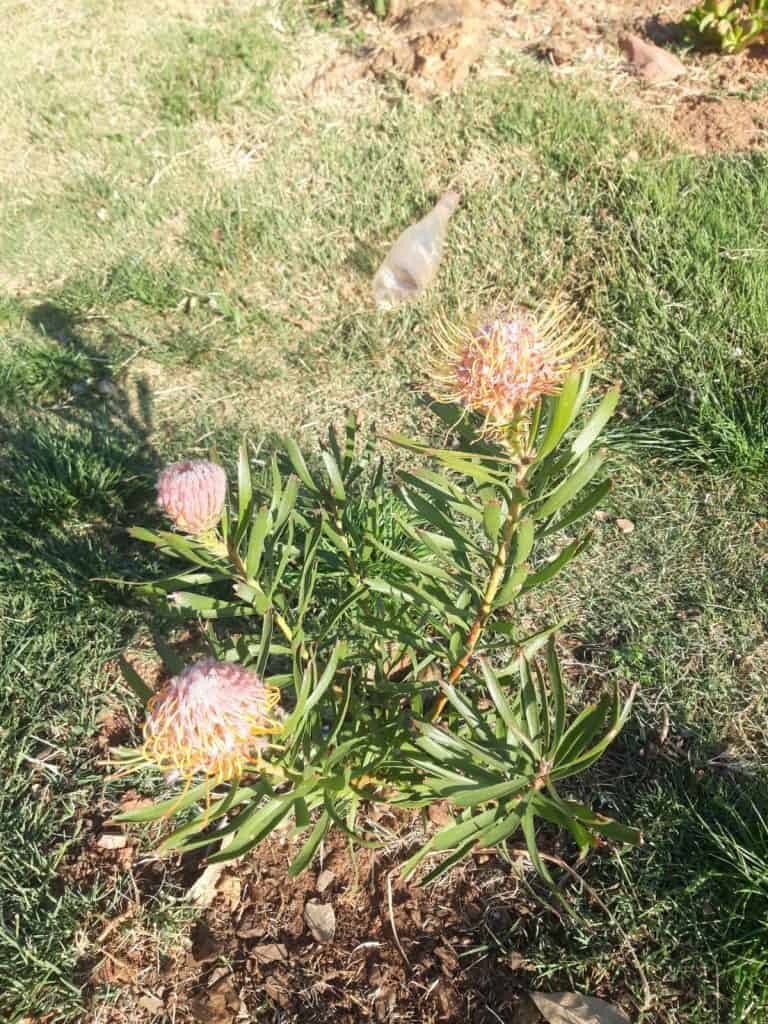
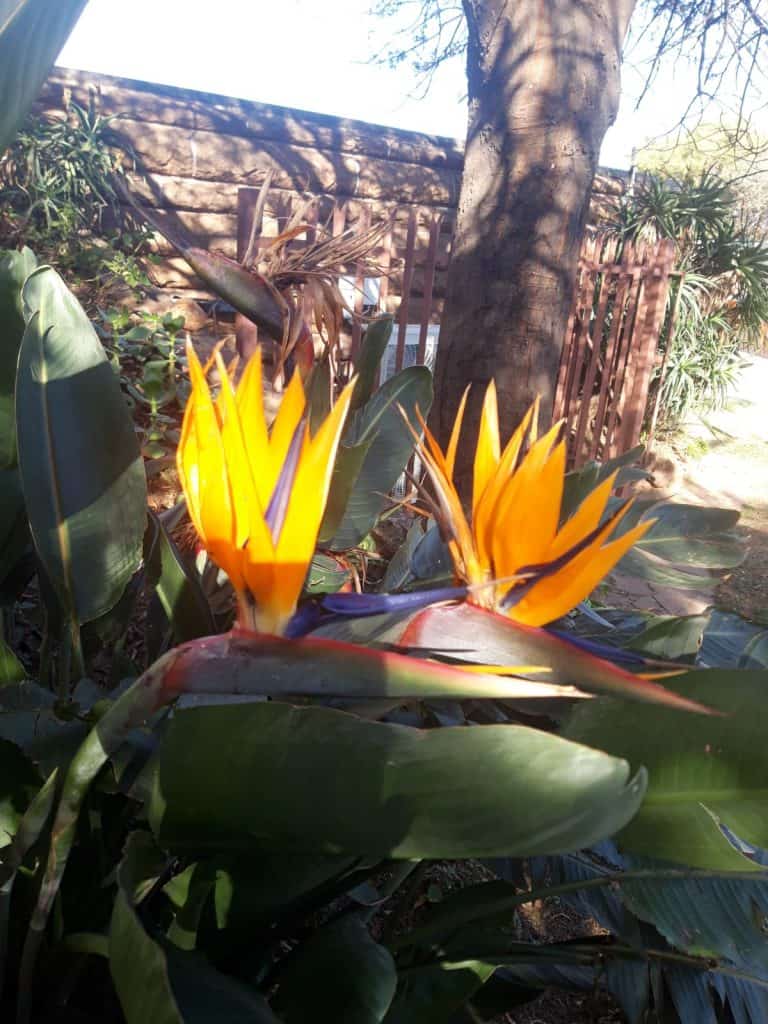
It was the first national park established in South Africa as well and it’s the largest in the country. The park measures an area of 7,523 square miles. This makes it the sixth largest national park on the entire continent of Africa.
Due to the large size of the park, access is provided through 9 different gates. It is 220 miles long and 56 miles wide in areas. Although a safari guide can help with both navigation and wildlife spotting, Kruger National Park allows for self-guided safari drives. The roads are paved and fairly easy to navigate. However, when I did a bit of driving in the park it became more challenging to spot wildlife as my eyes were focused on the road instead. Luckily I had other people in the vehicle spotting the wildlife. The park has elevation changes ranging from the lowest spot at 660 feet to the highest point at 2,760 feet, known as Khandzalive. There are six different rivers running through the park: Sable, Olifants, Crocodile, Letaba, Luvuvhu, and the Limpopo River.
The previous couple of times that I’ve been to Kruger I’ve stayed in the camps inside the national park. However, this time I stayed outside of the park at Pestana Kruger Lodge on the Crocodile River and what a view I had! It overlooks the Crocodile River into Kruger National Park.
Every morning while eating breakfast Elephants, Crocodiles, Hippos, Impala, Warthog, Waterbuck and several bird species would be in the background going about their day-to-day life, it was amazing! In the evenings it would be sounds of frogs and insects that would serenade you while eating dinner.
Truly the flagship of the South African National Parks, Kruger is home to an impressive number of species: 336 trees, 49 fish, 34 amphibians, 114 reptiles, 507 birds and 147 mammals. The Big 5 which include the Lion, Leopard, Elephant, Rhino and Buffalo are all found here. I managed to see 4 of the Big 5, it was the Lions that didn’t want to be seen this time. Here are some of my photos I took while at the Kruger.
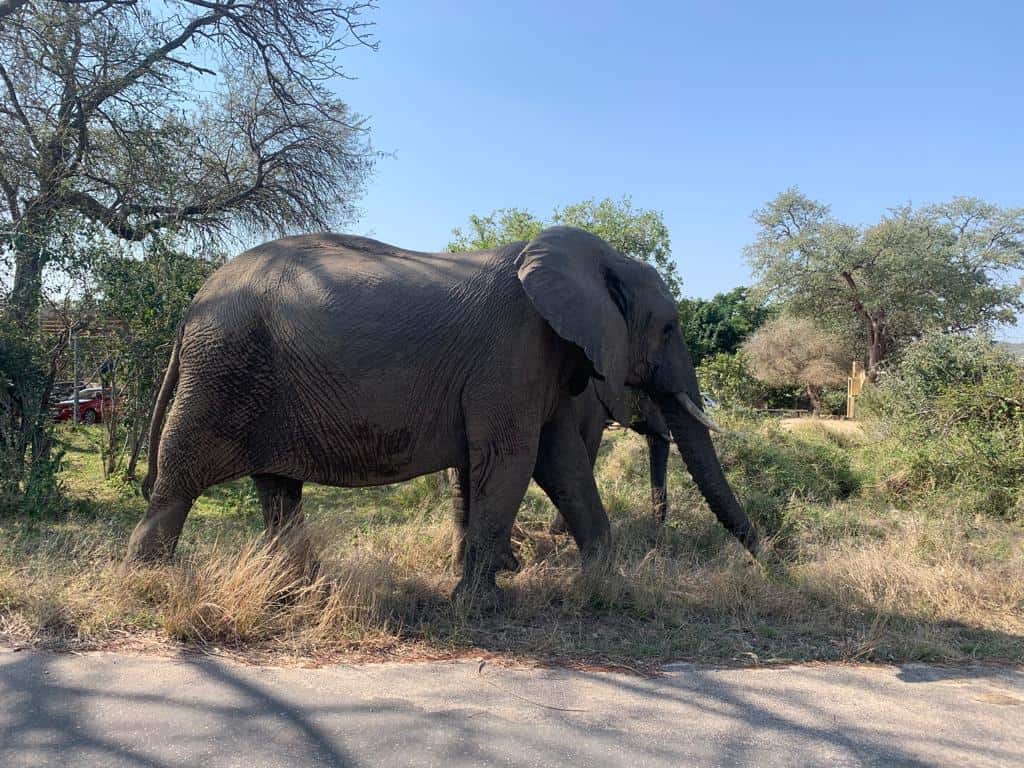
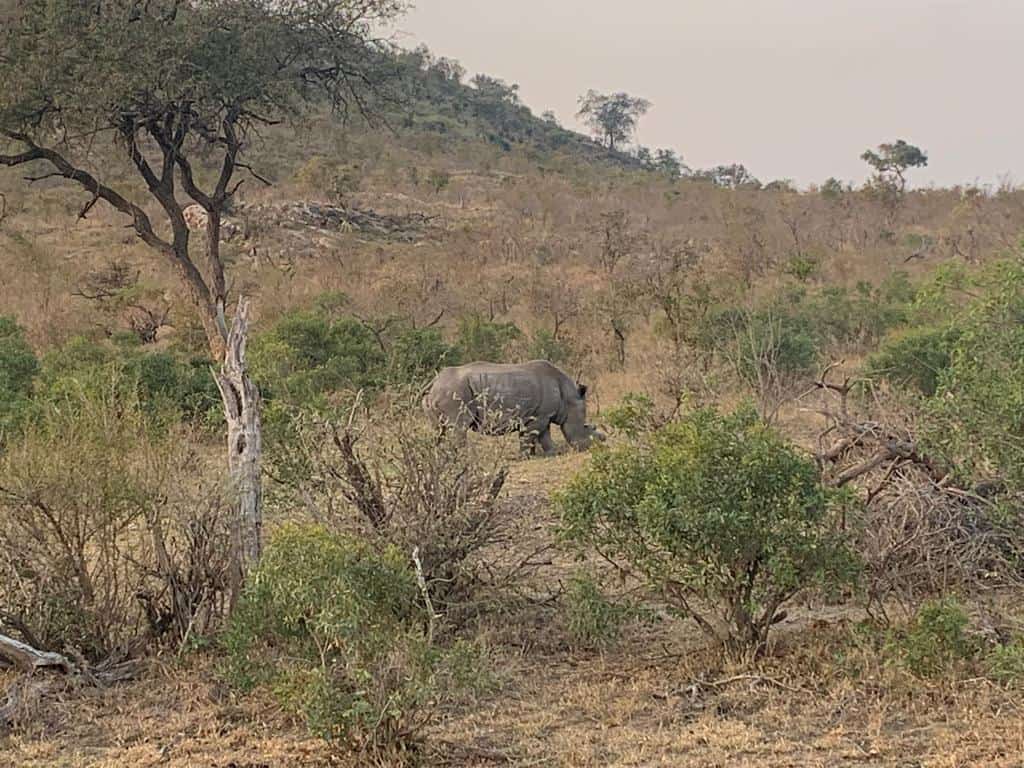

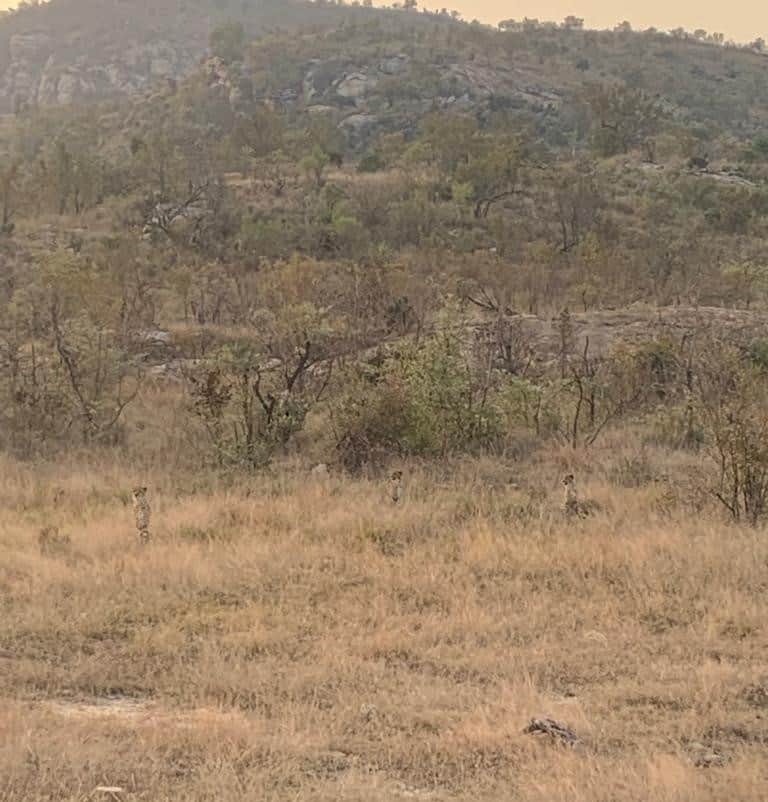

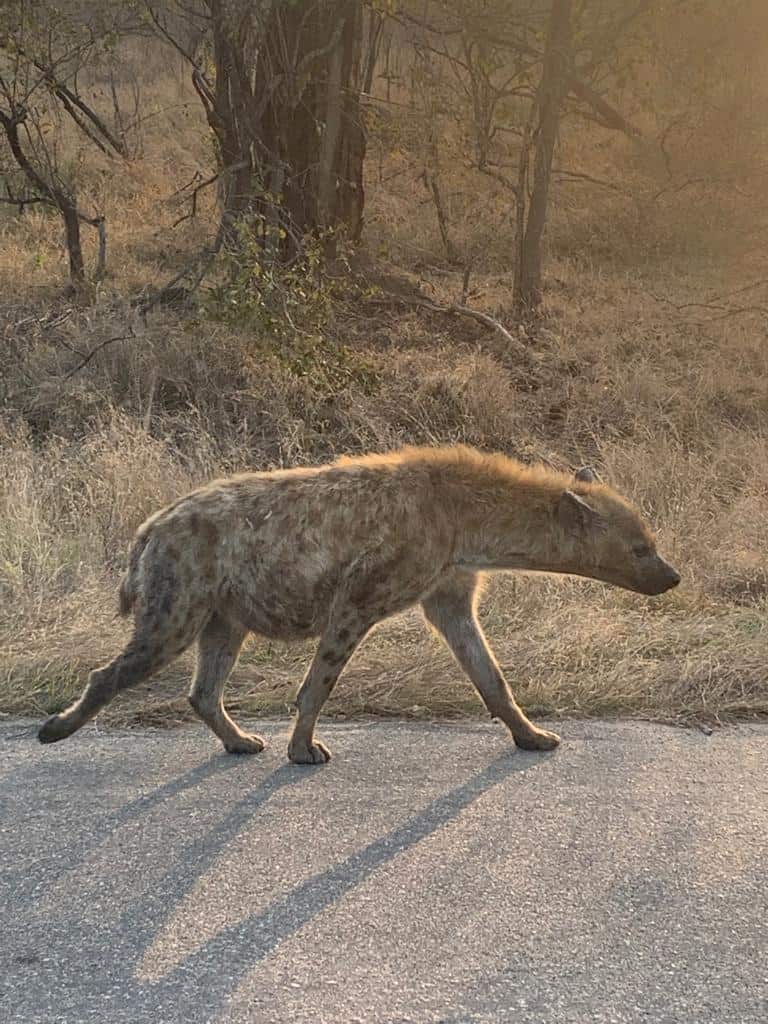
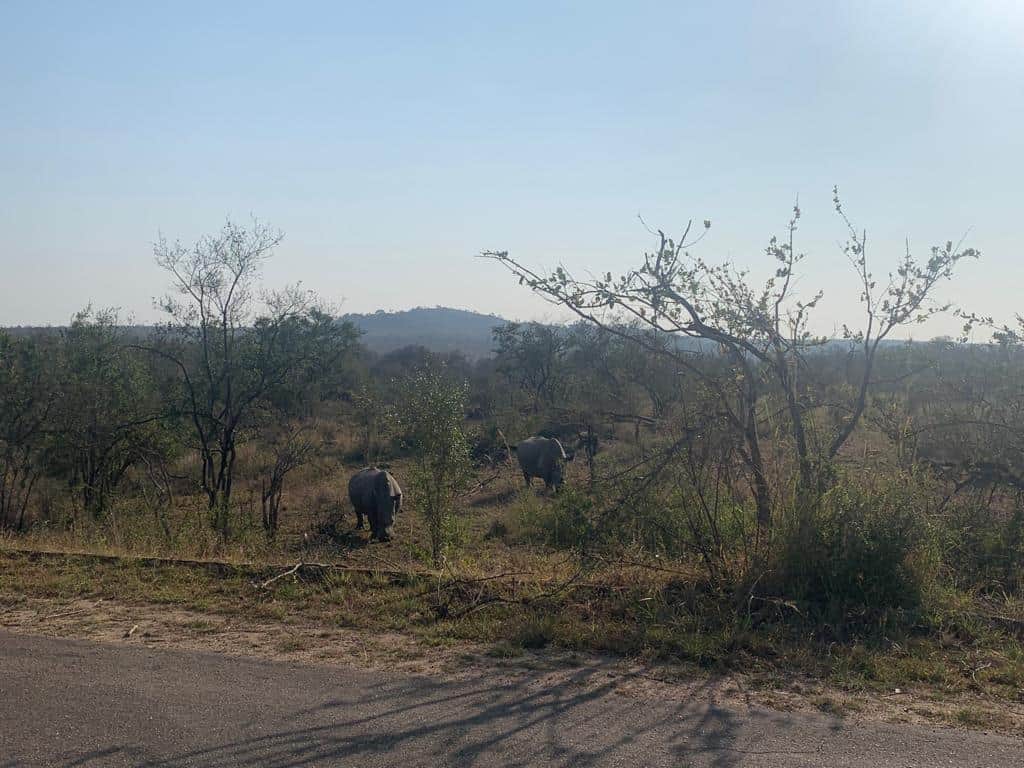
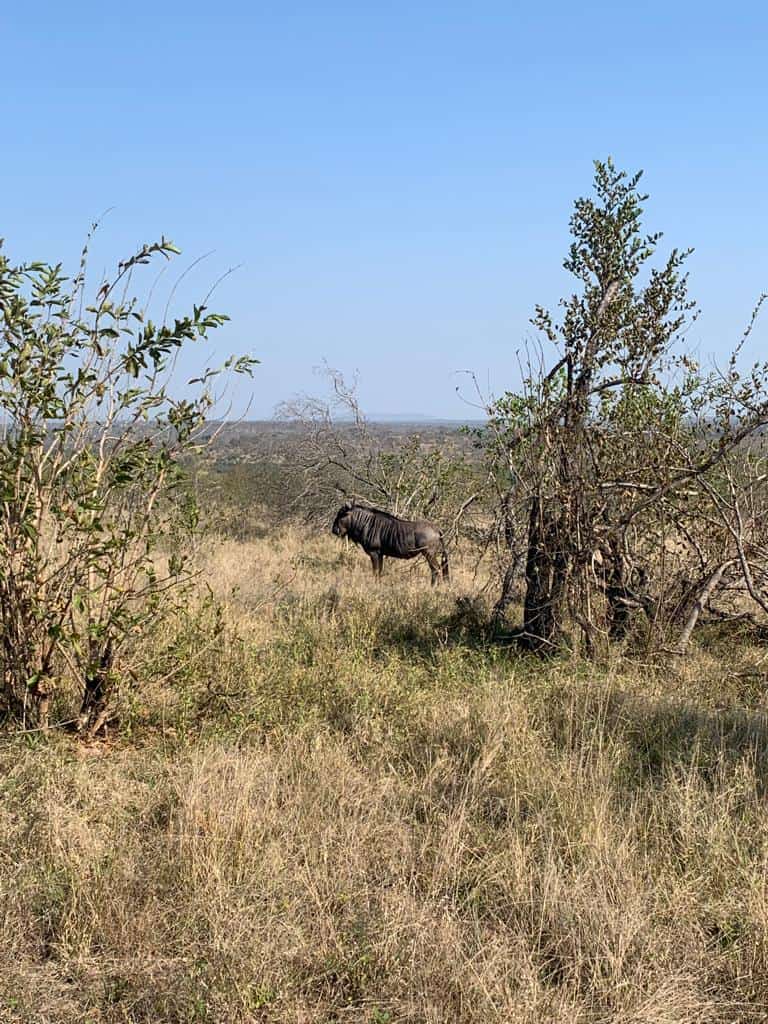
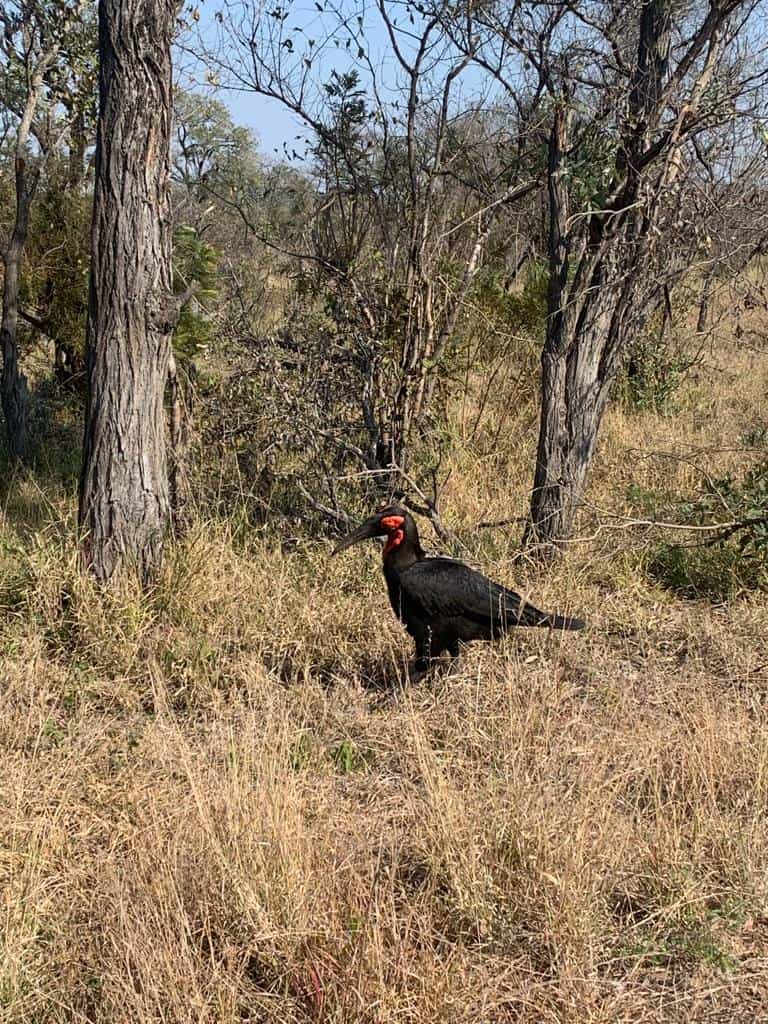
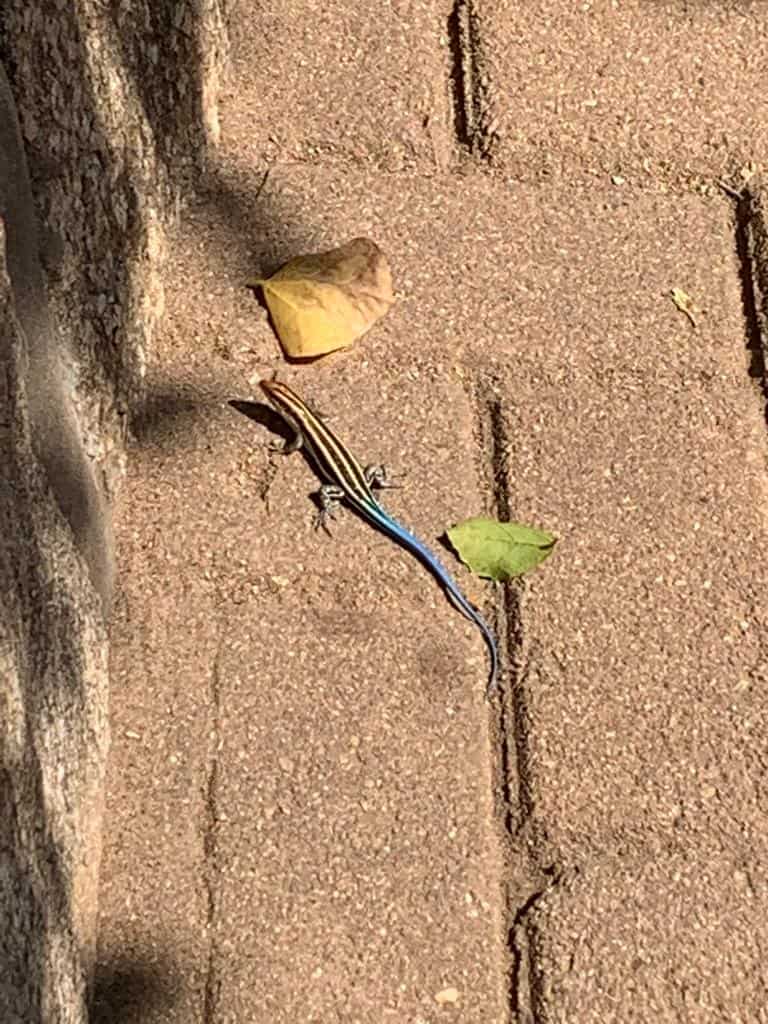
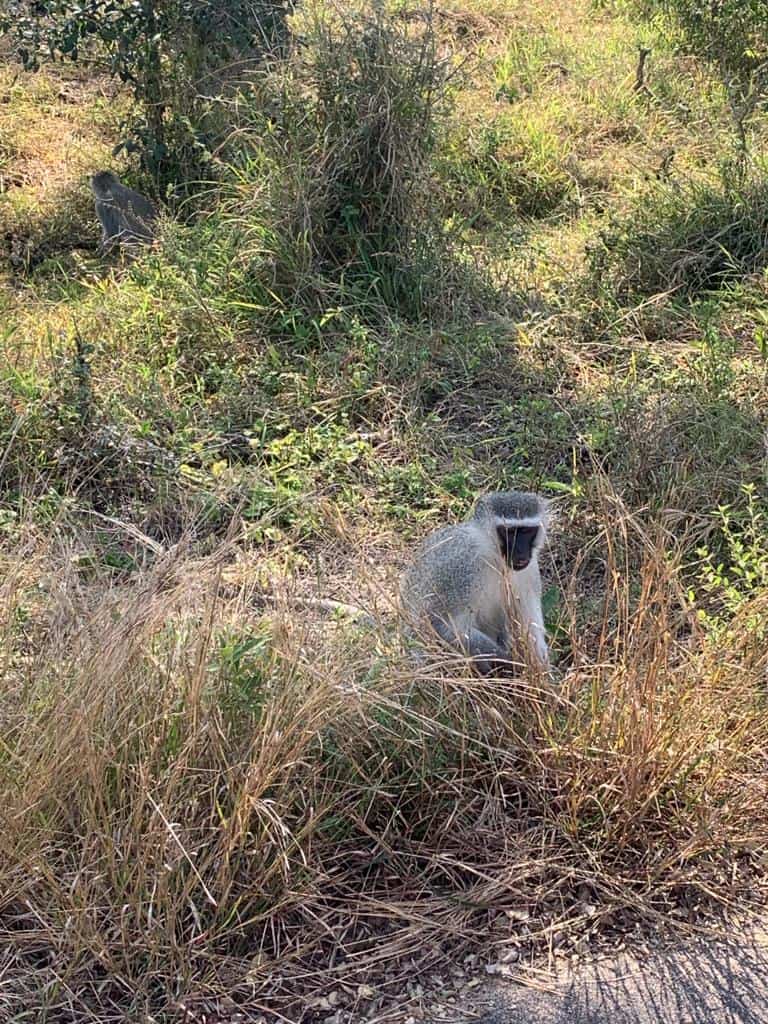
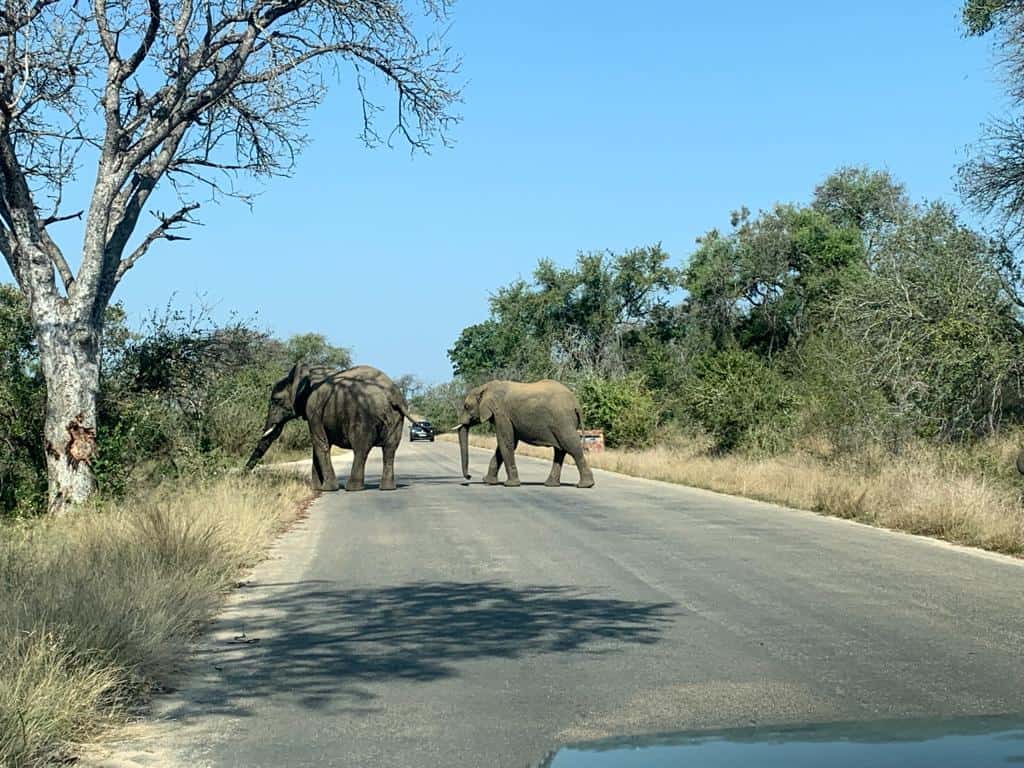
And some photos of the other places I went to in South Africa.
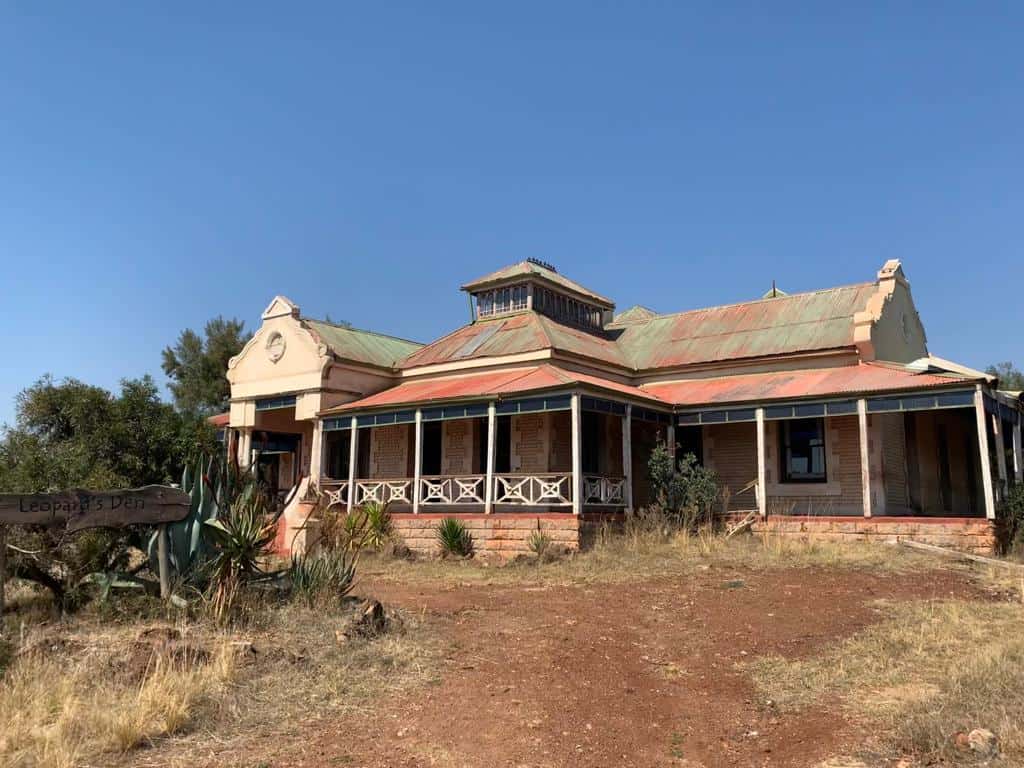
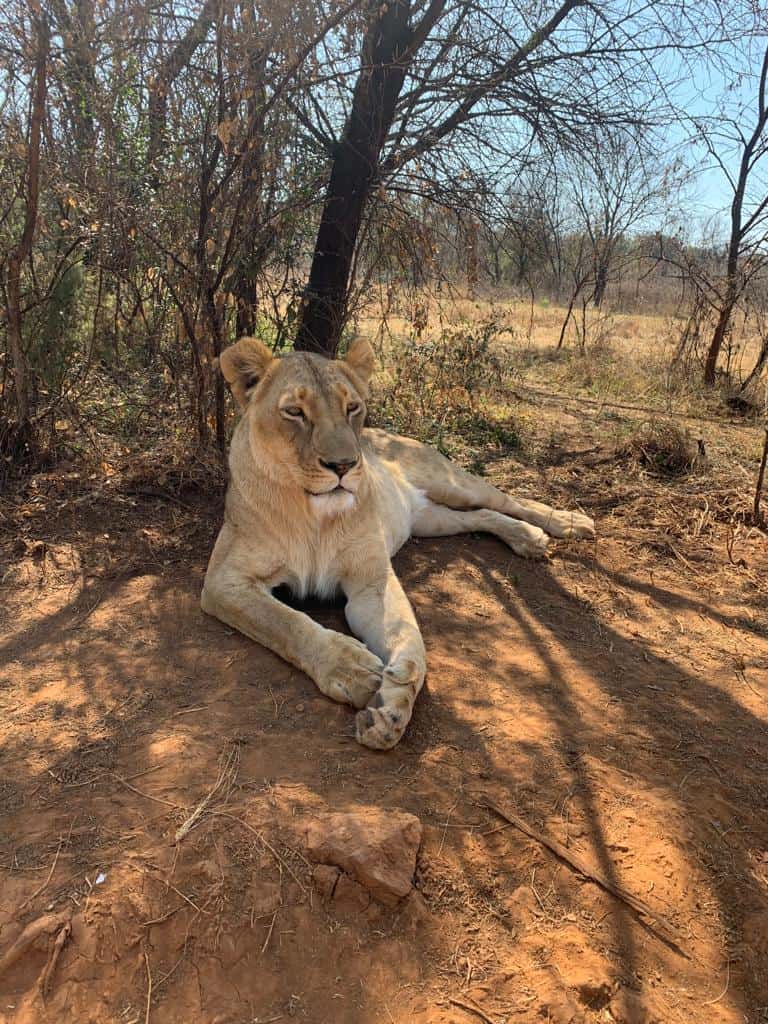
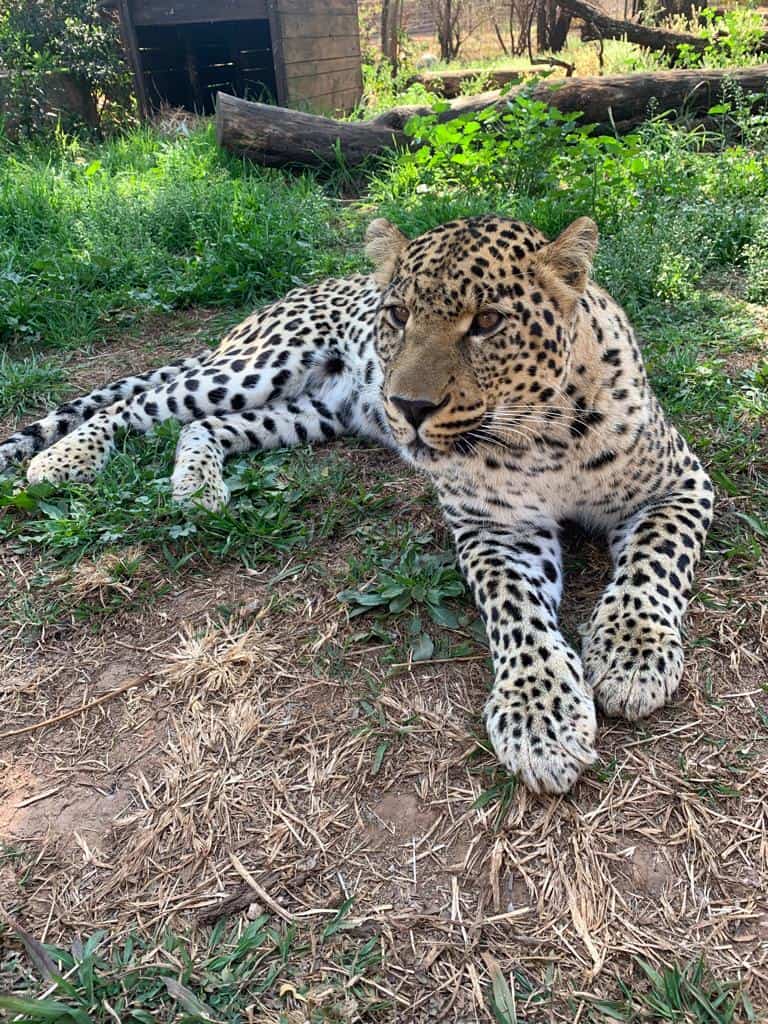
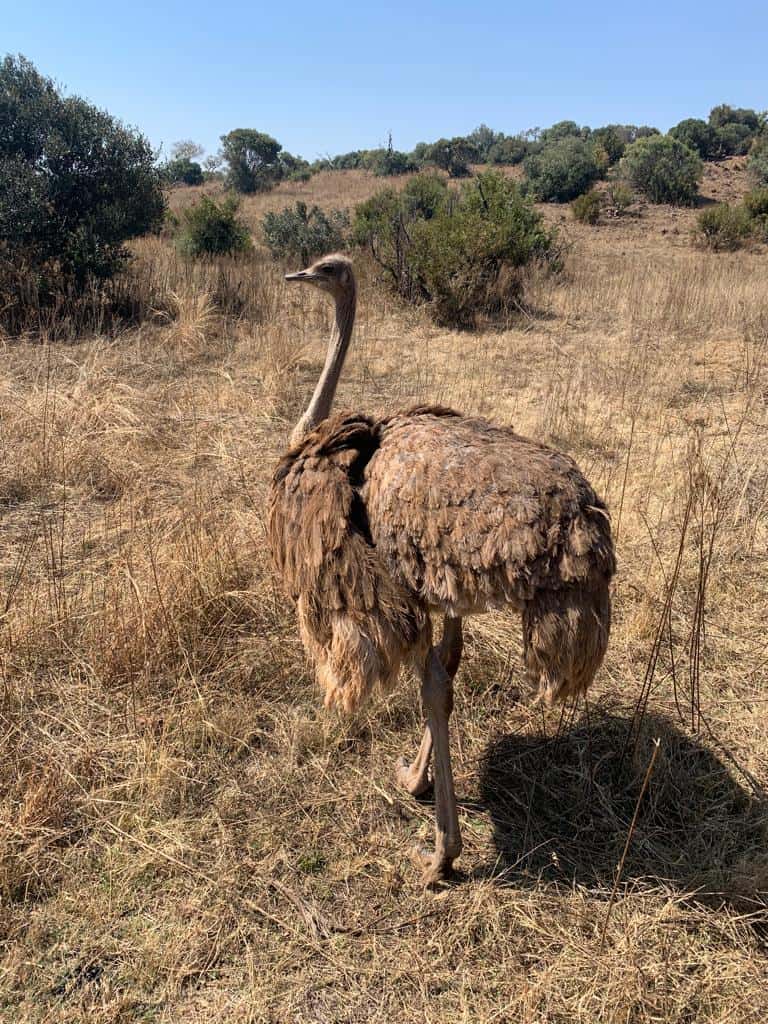
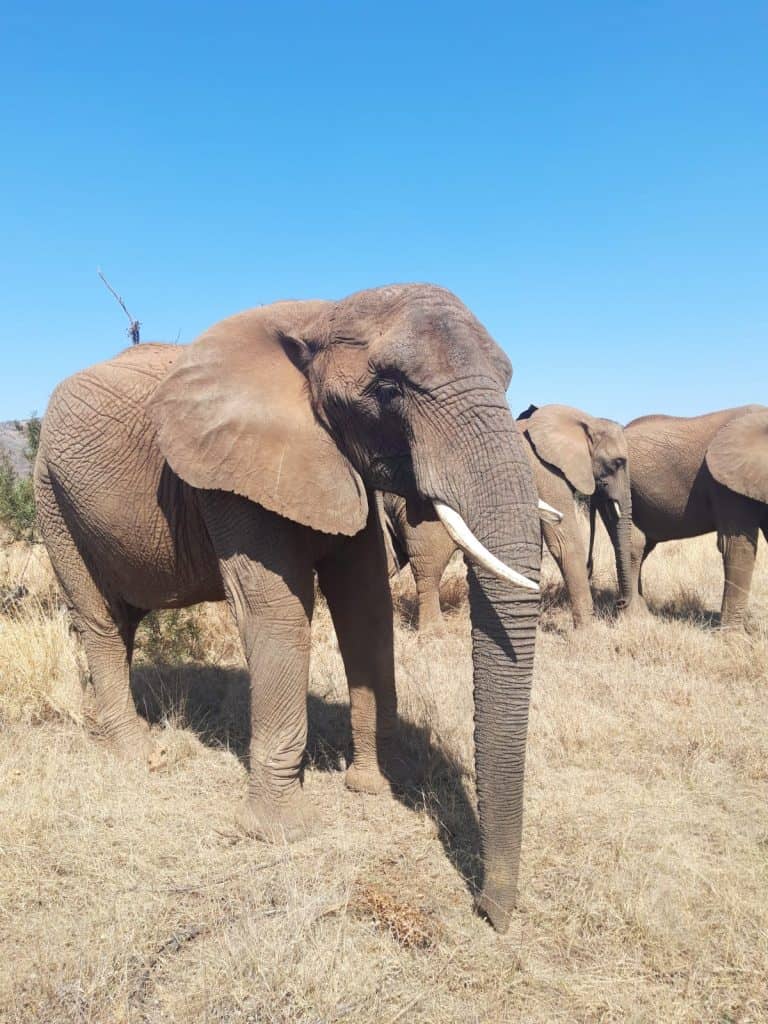
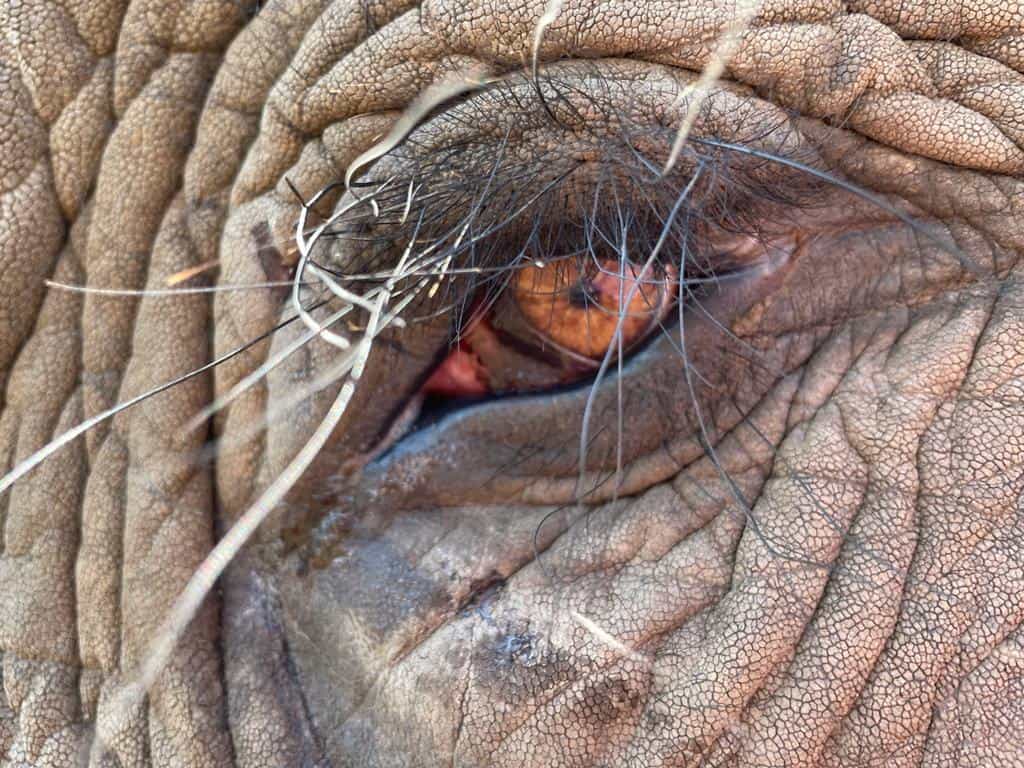
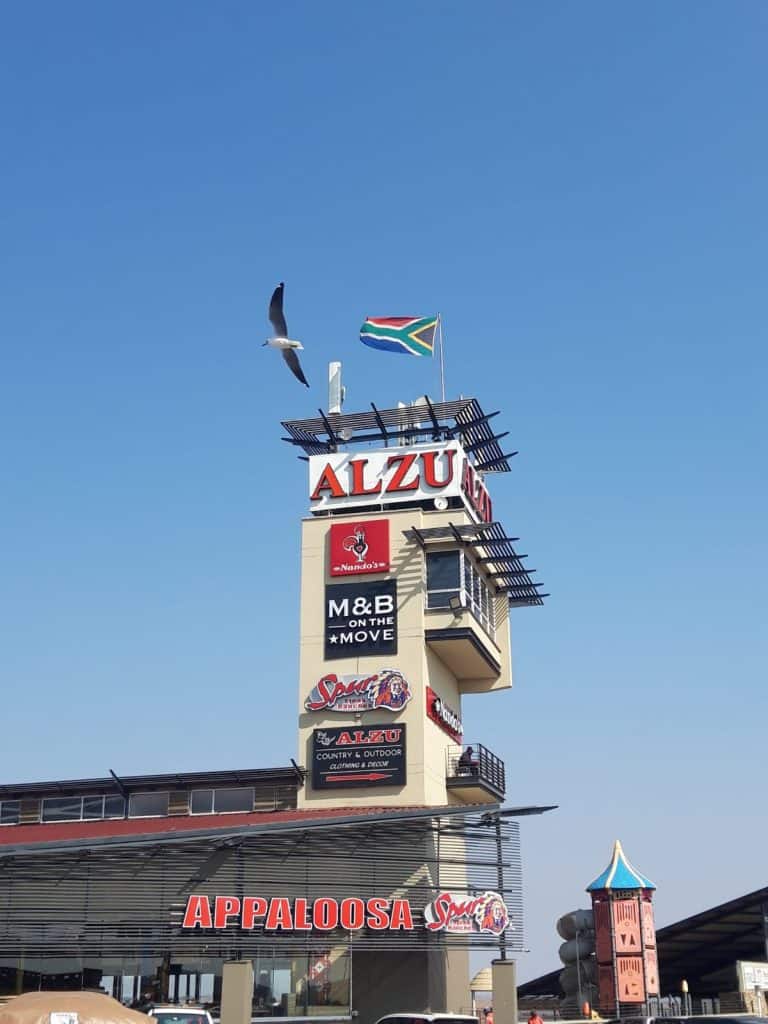
I hope you enjoyed this little trip to South Africa with me. I’ll be back in a few weeks with a fresh blog for you.
